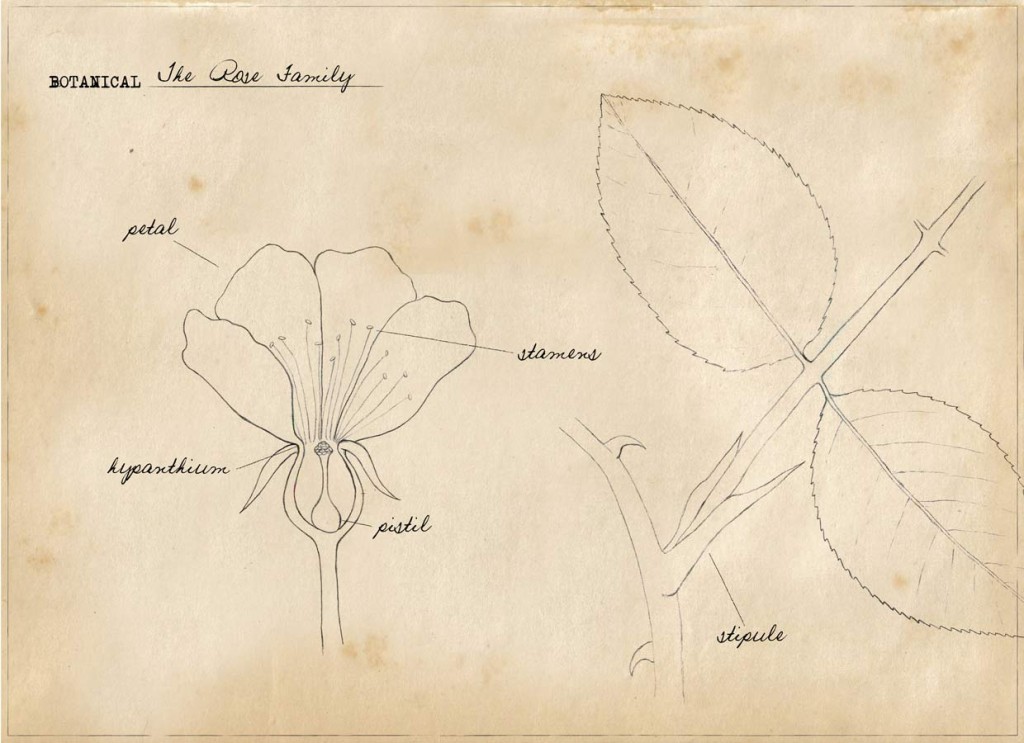

Treatment with Bordeaux mixture (copper sulfate) before buds open can be effective in reducing the amount of bacteria present on branches. Avoid applying high nitrogen fertilizer, which may stimulate succulent new growth susceptible to the disease. Select a well-drained site with a soil pH of 5.5 to 6.5. How do I avoid problems with fire blight in the future? By far the most effective strategy is to choose plants with resistance to fire blight. Always, disinfect pruning tools by dipping them for at least 30 seconds in 10% bleach or alcohol after each cut (spray disinfectants that contain at least 70% alcohol can also be used). If pruning is required during the growing season, prune at least 12 inches below the diseased area. When removing diseased branches, prune six to eight inches below tissue showing visible symptoms. Prune diseased branches preferentially during the dormant season at a time when branches are dry. How do I save a plant with fire blight? There is no cure for fire blight, but its spread can be limited. Roses come in the form of Grandiflora, Multiflora, Hedge, Climbing, Miniature, Hardy and Hybrid Teas. The most popular members are probably the roses themselves. Also known as the Rosacea family, it is made up of 2,830 species of plants. Amygdaloideae stone fruits and relatives (genus Prunus) almond ( Prunus dulcis) apricot ( Prunus armeniaca) blackthorn ( Prunus spinosa) cherry (various Prunus species) cherry laurel ( Prunus caroliniana and P. They can also be spread through the plant’s water-conducting (vascular) system. When it comes to ornamental plants, the Rose Family is the largest contributor. The following is a list of some of the major genera and species in Rosaceae, arranged by subfamily.

Bacteria multiply in blossoms and are carried to other plant parts where they penetrate through wounds and natural openings. The bacteria-laden ooze from the cankers is dispersed by splashing rain, and insects. Where does fire blight come from? Fire blight is caused by the bacterium Erwinia amylovora, which overwinters on the margins of cankers and starts to multiply when temperatures rise in the spring. Sapwood around cankers may discolor to a reddish brown. Current year’s twigs often wilt and bend approximately 180°, forming a “shepherd’s crook.” Cankers develop on branches and stems, and emit a sticky bacterial ooze. The blighted blossoms and leaves tend to stay on the tree instead of falling.

What does fire blight look like? Blossoms, leaves, twigs, and branches of plants affected by fire blight can turn dark brown to black, giving the appearance of having been scorched in a fire. It can kill or disfigure a tree or shrub, depending on the susceptibility of the host and weather conditions. What is fire blight? Fire blight is the most destructive bacterial disease affecting plants in the rose family, including apple, pear, crabapple, hawthorn, cotoneaster, mountain ash, quince, rose, pyracantha, and spirea. A shepherd’s crook at the end of an apple branch caused by fire blight.Īnn Joy and Brian Hudelson, UW-Madison Plant Pathology


 0 kommentar(er)
0 kommentar(er)
